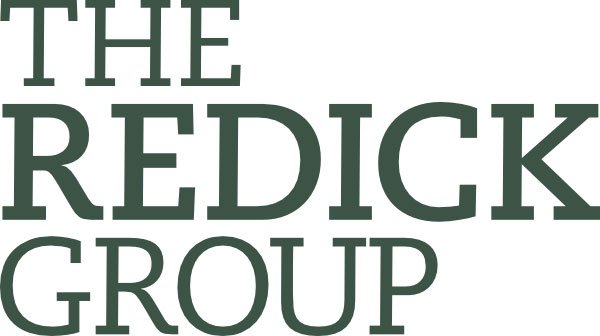6 Career Positioning Metrics Every Management Professional Should Cite
I field two to four new business calls every day, mostly from executive to mid-career professionals looking to quietly work through what their futures might hold if they nosed around a bit.
In nearly every instance, they express embarrassment about their out-of-date résumés. Understandable, since they've been busy doing the work—not nursing a piece of paper.
Nearly to a head, they overlook the telling of six core details for which they'll be sought and measured by a recruiter or a new company.
1. Company size. A Chief Executive Officer building a startup is often cut from different cloth than a CEO leading a $150B public company. By merely placing the size of companies on your résumé you quickly tell a huge part of your story.
Caveat: Don't place company / revenue size if the data isn't publicly known.
2. Team size. A Chief Technology Officer managing a team of three has a busy job, no doubt. But managing a matrixed team of 450+ engineers, developers, creatives, product managers, and marketers across 10 global locations is another ballgame entirely.
Tip: Showing team size as "up to 20" or "ranging from X to Y" can help you strategically position yourself.
3. Geographic scope. A Chief Risk Officer managing a team and its productivity from a New York City loft is tough work, but a CRO navigating the risks and implications of international law and culture on three continents runs an entirely different ship.
4. Quantifiable outcomes. A Chief Marketing Officer who demonstrates measured success, whether by presenting real numbers or percentages, will sail ahead of the competition every time. Whether that success reflects gains in market share, revenue, clicks, eyeballs, or productivity—or cuts in overhead, time, resources, or some other measurement of success—most candidates have great metrics to include, but never do.
Warning: Never list proprietary information on your résumé. Yes, you'll miss out on some important metrics. Them's the breaks, sadly. Also, be careful not to reveal publicly unflattering or potentially competitive metrics on your LinkedIn profile. LinkedIn is not a "cut-and-paste from your résumé" job.
5. Reporting relationships. It's often hard to tell whether an organization is flat, hierarchical, or somewhere in between. Listing reporting relationships on your résumé adds a layer of context for a seasoned hiring decision maker.
Aside: In cases where reporting relationships confuse or don't boost the overall picture, leave them out. Just know that you may be asked.
6. Industry-specific metrics. Part of a Chief Nursing Officer's aptitude centers around the number of facilities s/he manages, and the number of beds at each hospital. Part of a Chief Investment Officer's aptitude matrix revolves around market cap and portfolio size. Be sure to include the differentiating metrics that tie you to your industry.
Tip: If you're changing industries, write your first résumé draft with industry information intact. It'll be easier to write. When you're done, scrub out most industry-specific language, and write transferable skills in the language of your inbound industry. (As long as it's not false or entirely opposing. Development means very different things in varying industries, for examples. Do this task carefully.)

